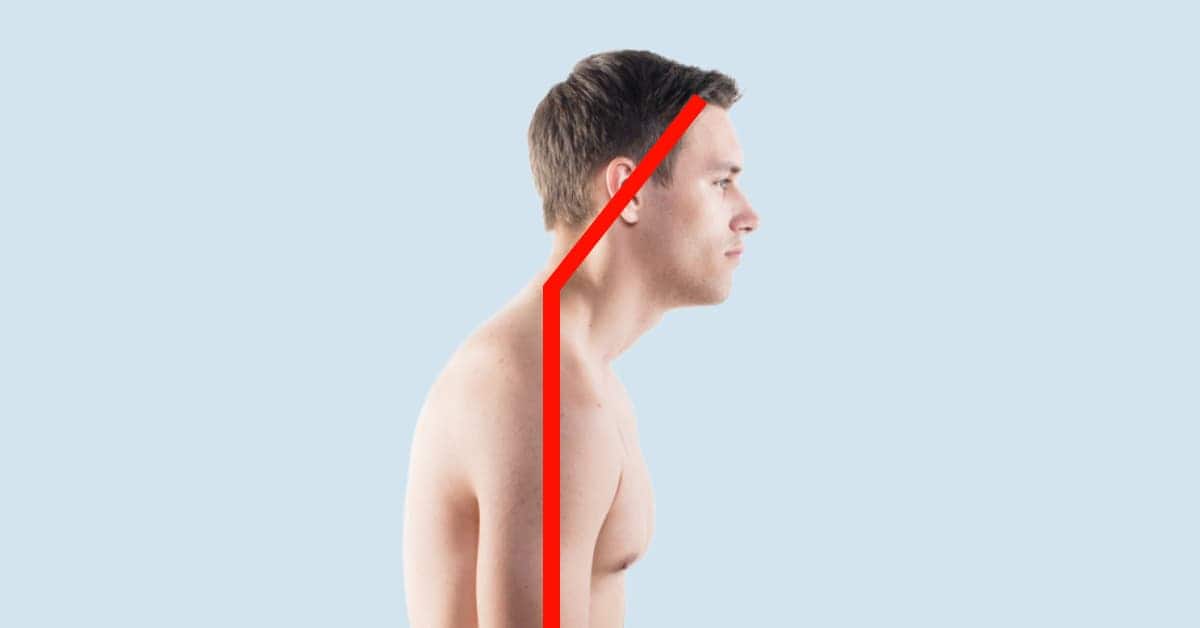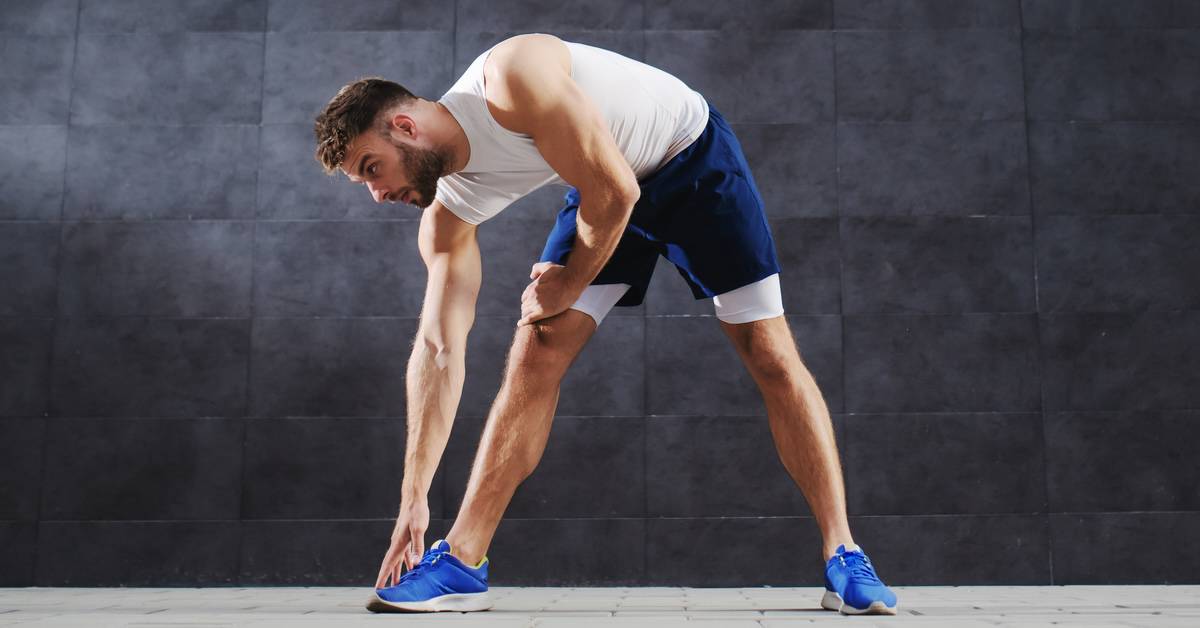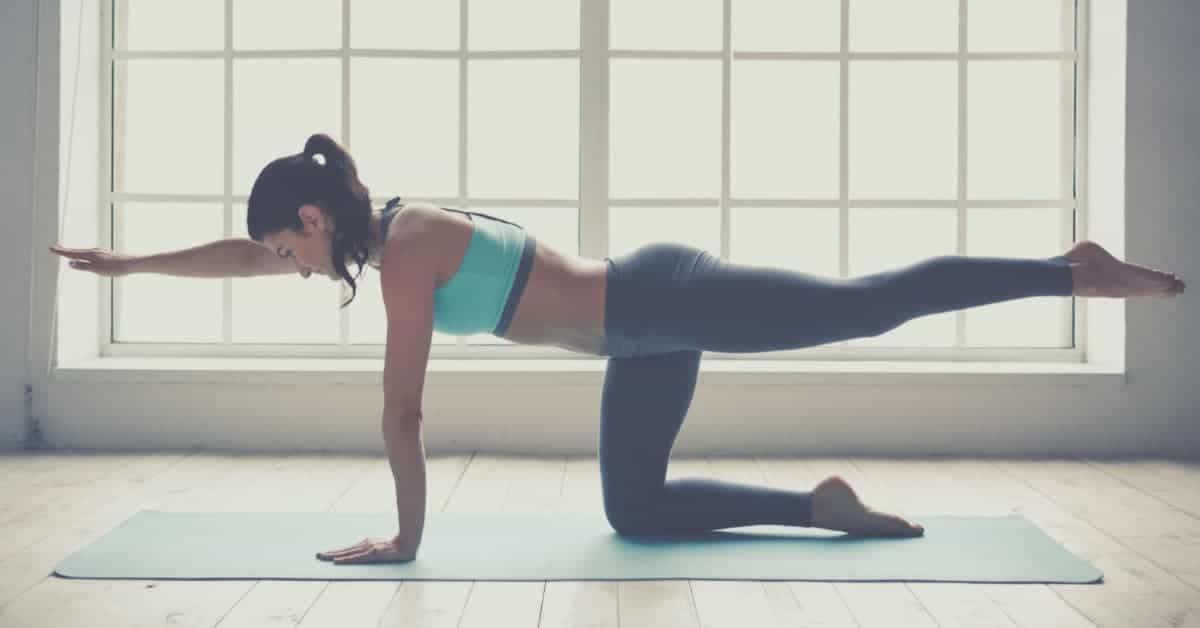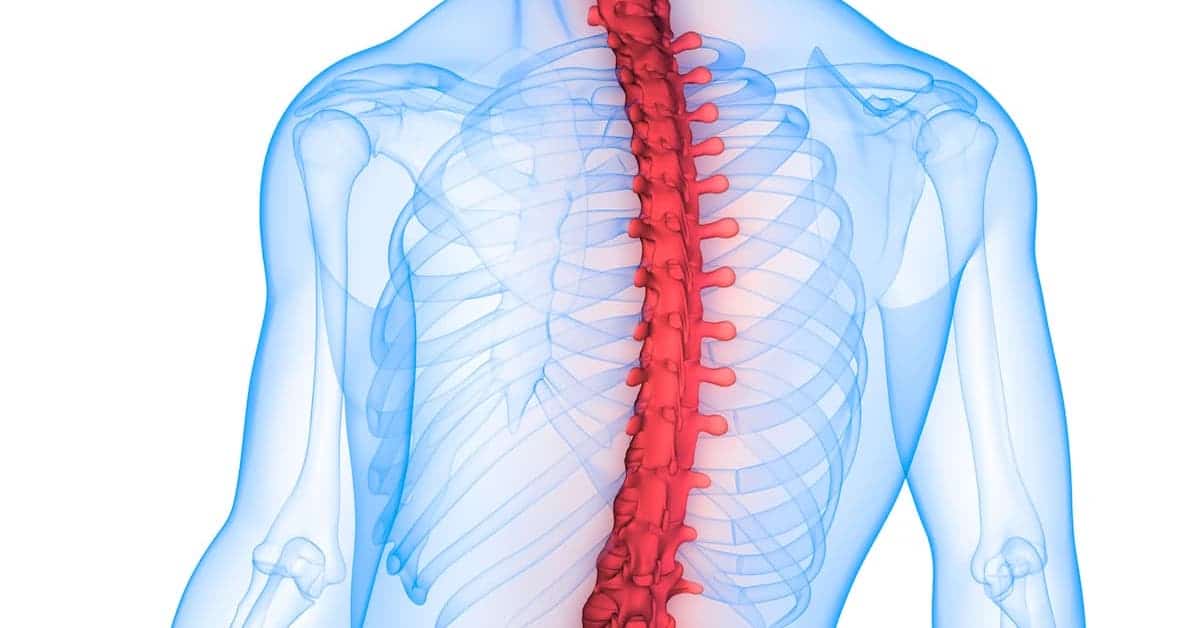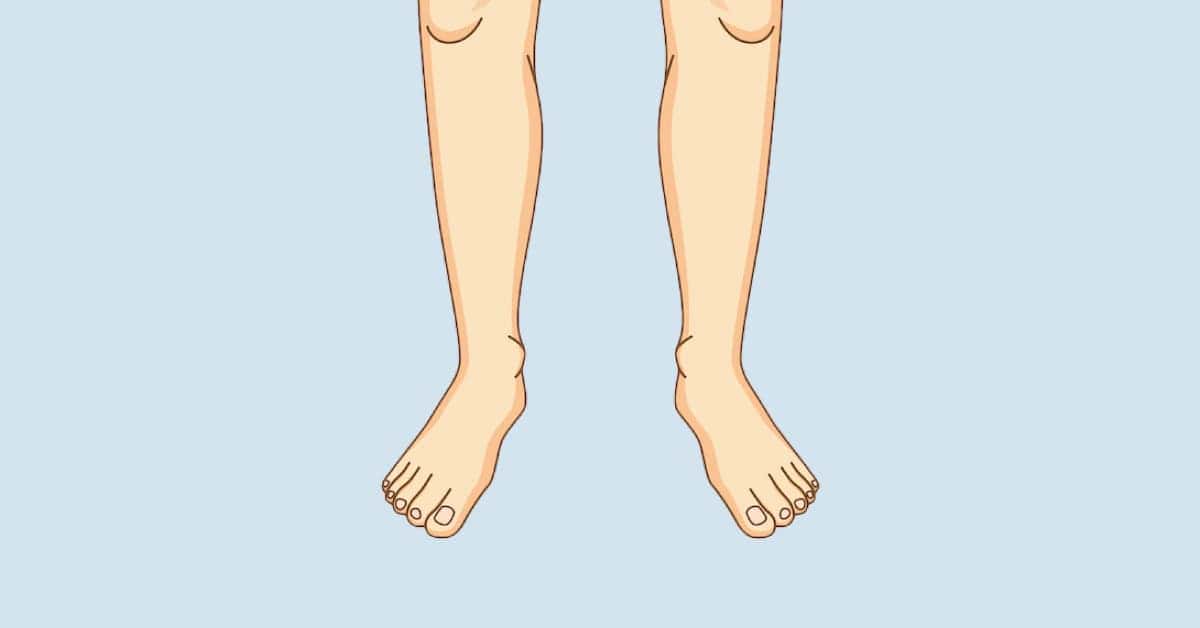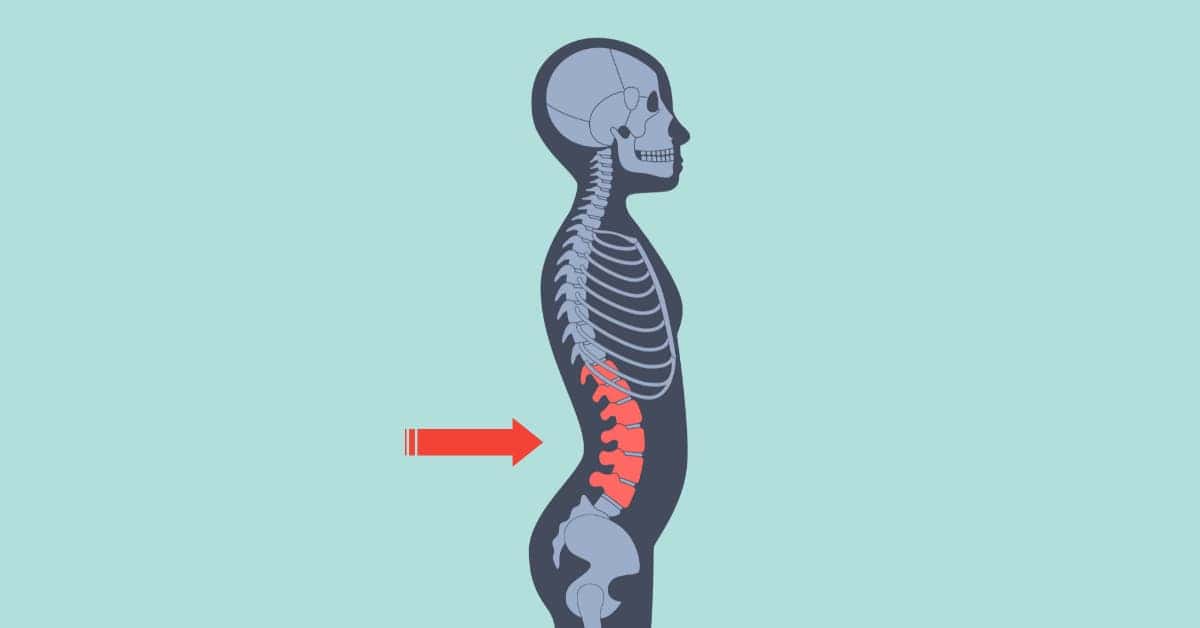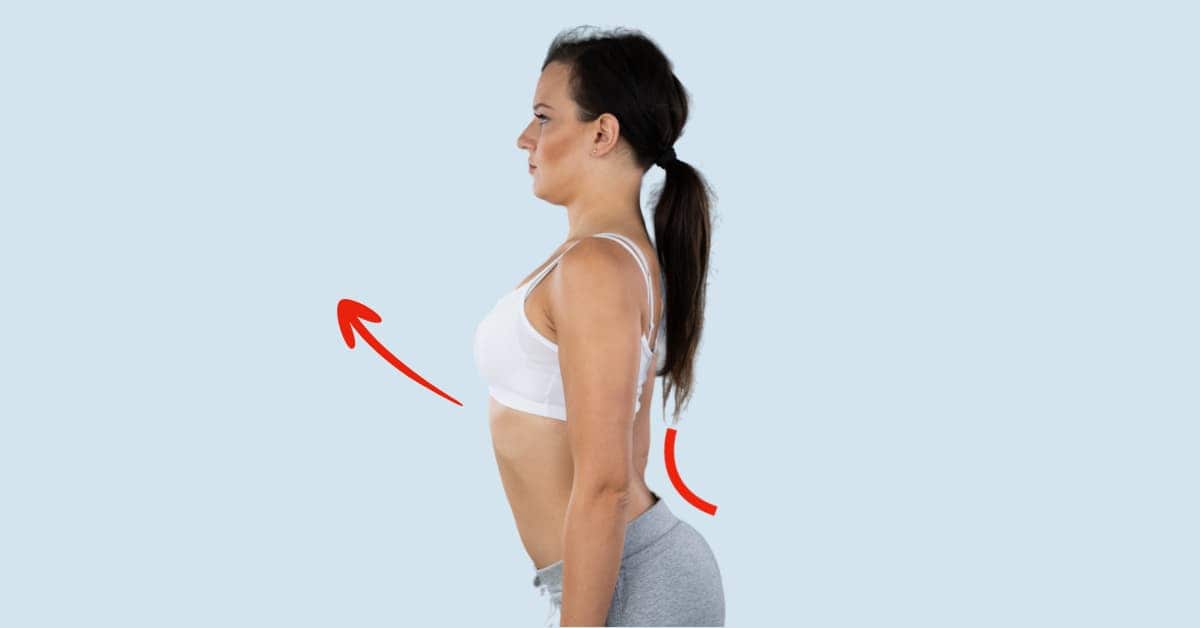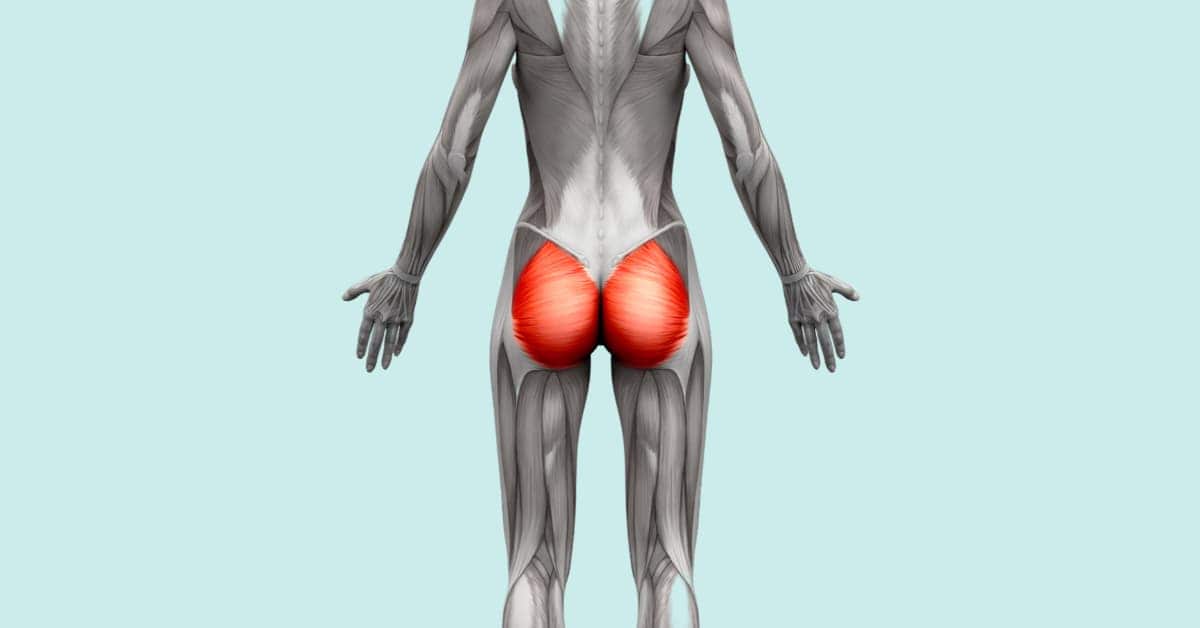In today’s digital age, it’s no surprise that more and more people are experiencing posture problems. One of the most common posture issues is forward head posture, also known as “text neck” or “nerd neck.” This condition not only affects your appearance but can also lead to chronic pain, reduced mobility, and other health issues.
The good news is that you can correct forward head posture from the comfort of your own home. This article will explore the causes and symptoms of forward head posture and provide a comprehensive approach to fixing it with simple techniques and exercises.
I. What is Forward Head Posture?
Forward head posture is a common postural misalignment that occurs when the head shifts forward, placing it in front of the shoulders, instead of being directly aligned above them.
This misalignment creates an imbalance in the distribution of the head’s weight, putting increased strain on the neck, shoulders, and upper back muscles. As a result, these muscles have to work harder to support the head, which can lead to muscle fatigue and chronic pain.
II. Causes of Forward Head Posture
A. Muscle imbalances
Muscle imbalances play a significant role in the development of forward head posture. The imbalance occurs when certain muscles become weak and underactive while others become tight and overactive.
The weak muscles, in this case, include the front of the neck muscles (such as the deep cervical flexors) and the back muscles (upper and mid back muscles), which are responsible for maintaining proper head alignment and supporting the head against gravity. When weak, they cannot hold the head up and keep it aligned with the shoulders.
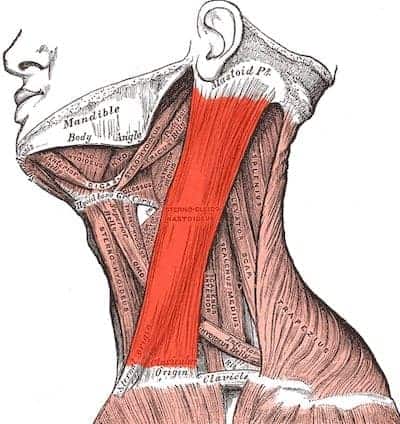
On the other hand, the tight muscles include the chest muscles (pectoralis major and minor), the back of the neck muscles (suboccipital muscles), the side-to-front of the neck muscles (sternocleidomastoid), and the upper trapezius. When these muscles become tight, they cause the head to move forward, exacerbating the misalignment.
This combination of weak and tight muscles creates a vicious cycle, where the head shifts forward and the muscles adapt to this new position, making it harder to correct the issue over time.
B. Poor posture habits
Several factors contribute to the development of poor posture habits that can cause forward head posture and the muscle imbalances discussed above, including:
- Sedentary lifestyle: Spending long hours sitting at a desk, watching television, or engaging in other sedentary activities can lead to poor posture habits and muscle imbalances. Prolonged sitting often results in a rounded back and shoulders, which encourages the head to shift forward.
- Prolonged screen time: Constantly looking down at smartphones, tablets, and other devices can cause the head to shift forward and the neck to crane, resulting in forward head posture. Over time, this repeated strain on the neck and shoulders can cause the muscles to adapt, making the posture habitual.
- Poor ergonomics at work: An improperly set up workspace can force you into awkward positions, putting stress on your neck and back muscles. For example, a computer monitor that is too low or too far away can lead to a forward head posture as you strain to see the screen.
- Lack of physical activity: Insufficient exercise can lead to weak and imbalanced muscles, making it harder to maintain proper posture. A strong and balanced musculature is essential for supporting the head and maintaining spinal alignment.
- Sleeping habits: Sleeping with too many pillows or using a pillow that does not provide proper support for the neck can contribute to the development of forward head posture. An incorrect sleep position can cause strain on the neck and shoulders, leading to muscle imbalances over time.
III. Symptoms of Forward Head Posture
A. Physical symptoms
- Neck pain: Forward head posture strains the neck muscles and cervical spine, potentially causing chronic neck pain and discomfort.
- Headaches: The tension created by the tight muscles in the back of the neck and head can lead to tension headaches or migraines.
- Shoulder and upper back pain: The added stress on the shoulders and upper back muscles from supporting the head’s misaligned position can result in pain and discomfort in these areas.
- Reduced range of motion: The muscle imbalances associated with forward head posture can limit the neck’s range of motion, making it difficult to turn the head fully or move it up and down without discomfort.
- Changes in appearance: Forward head posture can lead to a hunched or slouched appearance, which can affect one’s self-confidence and overall appearance.
B. Long-term health issues
- Spinal degeneration: The altered alignment of the cervical spine can contribute to spinal degeneration over time, as the unnatural curvature increases wear and tear on the intervertebral discs and joints.
- Nerve compression: The misaligned cervical spine and muscle tightness can lead to nerve compression, potentially causing pain, numbness, or tingling in the neck, shoulders, arms, or hands.
- Breathing difficulties: The misalignment of the spine and the tightened chest muscles can affect breathing capacity, making it harder to take deep, full breaths.
- TMJ dysfunction: The altered head and neck position can place strain on the temporomandibular joint (TMJ), potentially leading to jaw pain, clicking, or locking.
IV. How to Fix Forward Head Posture: Release, Stretch, and Strengthen
This section will cover the necessary steps to address muscle imbalances and alleviate forward head posture. The process involves three key components: release tight muscles, stretch them, and strengthen the weak muscles to restore balance and proper alignment.
A. Release Techniques
Release and self-massage techniques can help relieve tension and prepare the muscles for stretching.
1. SCM release
The first step is to release the tightness in the Sternocleidomastoideus (SCM) muscle through self-massage.
- Locate the SCM muscle. It’s located just behind your ear, around the earlobe, and runs down the front of your neck
- Use your fingertips to gently massage the muscle, applying pressure to any tight spots you find
- Move slowly along the length of the muscle
- Spend about 1-2 minutes on each side
If you need more release, you can always use a massage ball instead of your fingers.
2. Suboccipital release
The next step is to massage the muscle that runs down either side of the back of the neck. A peanut massage ball is the most effective way to massage these muscles.
- Lie down on your back.
- Position the peanut massage ball under the base of your skull, targeting the tight suboccipital muscles
- Slowly roll up to the top of your neck and back to the top of your shoulder blades. This will also massage the levator scapulae muscles, which will also be tight.
- Gently move your head side-to-side, allowing the ball to apply pressure and release tension
- Spend 2-3 minutes on this exercise
B. Stretching Exercises
Now that we’ve released the tight muscles, we will move on to stretching exercises. These stretches improve flexibility and elongate the tightened muscles, promoting better posture.
1. Scalene stretch
The scalenes are the neck muscles at the front of your neck. You will need to stretch each side separately.
Here’s how to stretch the left side:
- Sit or stand with proper posture
- Gently tilt your head towards the right shoulder and then rotate your head towards the left, so that you can see over your left shoulder. Pause here for a moment.
- Raise your chin slightly or tilt your head upward to stretch the front part of your neck.
- Hold for 30 seconds
- Repeat on the other side
2. Suboccipiltal stretch
The suboccipital muscles are located at the base of the skull, between the skull and the top two vertebrae of the neck.
- Make sure your chin is tucked in. Use your fingers from one hand to tuck your chin in towards your chest.
- With your other hand, place it on the back of your head and gently apply pressure downwards while pulling your head towards your chest.
- Hold this position for 30 seconds. You should feel a stretch at the back of your neck.
- Repeat the stretch as many times as needed.
3. SCM stretch
Here’s how to stretch the SCM:
- Sit or stand up straight with your shoulders relaxed and lowered.
- Turn your head to one side and gently tilt it back, looking up towards the ceiling
- Use your hand to apply gentle pressure on your forehead, deepening the stretch
- Hold for 30 seconds
- Repeat on the other side
Related: How to stretch the SCM
4. Upper trapezius stretch
- Sit or stand with a straight back and relaxed shoulders
- Tilt your head to one side, bringing your ear towards your shoulder
- To deepen the stretch, place the same-side hand on your head and gently apply more pressure
- Hold the stretch for 30 seconds, breathing deeply and maintaining a relaxed posture
- Repeat the stretch on the opposite side. Perform 2-3 repetitions on each side
5. Pec stretch
- Start with your hands on either side of a doorway, with your arm bent at 90 degrees.
- Lunge forward until you feel a stretch across the chest and shoulders.
- Hold this position for 30 seconds, then return to the starting position.
- Repeat this exercise 3 times.
Related: How to stretch the pecs
C. Strengthening Exercises
Finally, we will work on strengthening exercises to build up the weak muscles that contribute to forward head posture.
1. Wall lean exercise
The Wall Lean Exercise will help strengthen the front of the neck to push your head back:
- Stand up straight with your heels a few inches away from a wall.
- Keep your chin tucked in and lean back so the back of your head touches the wall.
- Hold this position while keeping your feet hip-width apart and your chin tucked in.
- Take a break after 30 seconds and repeat.
2. Chin tucks
If you don’t want to do the wall lean exercise mentioned earlier, you can try another exercise called the chin tuck.
- Stand or sit up straight and place one finger on your chin.
- Tuck your chin down towards your chest.
- Use your finger to gently push your head backwards.
- Hold this position for 3 to 5 seconds.
- Release and repeat the exercise 10 times for the best results.
3. Prone Y, T and W holds
Doing the wall lean exercises daily will help with your forward head posture, but you can also add the prone Y, T and W hold exercises to your routine to help strengthen your back.
- Face down on the floor with your arms extended to the sides, forming a T shape.
- Squeeze your shoulder blades together and lift your chest and arms off the floor
- Hold the position for 5-10 seconds, maintaining steady breathing
- Repeat 10-15 times
- Then change the position of your arms to a ‘Y’ shape followed by a ‘W’ shape in the subsequent rounds.
VI. Daily Habits to Prevent Forward Head Posture
Good daily habits are essential for preventing forward head posture and rounded shoulders. You can effectively combat these postural issues by consciously maintaining proper posture and performing regular stretches and exercises.
A. Adjust your workstation ergonomics
- Position your computer screen at eye level to avoid looking down
- Keep your keyboard and mouse within easy reach to prevent hunching over
- Use a chair with lumbar support to maintain the natural curve of your spine
- Stand up and move around every 30 minutes to avoid prolonged sitting
B. Practice mindful posture
- Be aware of your posture throughout the day
- Engage your core muscles and keep your shoulders back and down
- Tuck your chin in slightly to maintain a neutral head position
- Limit your use of technology, especially when it requires looking down at your phone or other devices
C. Commit to consistency and address other posture issues
- Remain consistent with the release, stretch, and strengthen exercises provided in this article
- Address rounded shoulders and learn more about upper crossed syndrome to complement your efforts to fix forward head posture
- Understand that lasting improvements require time and dedication to correcting posture issues and performing the recommended exercises and stretches
Final words
Incorporating the exercises and habits discussed in this article can greatly improve your forward head posture. Remember that consistency is key; don’t expect instant results after performing these exercises only once. Be patient, and you’ll see progress over time.
If you find that your forward head posture and rounded shoulders aren’t improving despite your efforts, or if you’re experiencing significant pain or discomfort, it may be necessary to consult a healthcare professional such as a physical therapist or chiropractor. They can provide personalized guidance and treatment to help you achieve proper posture and alleviate discomfort.
Following the advice in this article and committing to a consistent routine, you can effectively address forward head posture and rounded shoulders, leading to better posture, reduced pain, and improved overall health.
